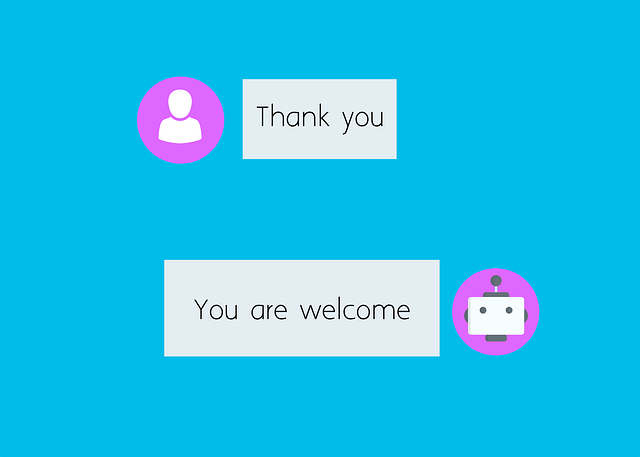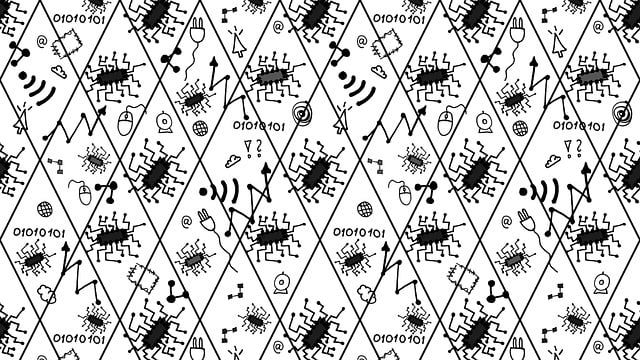Chatbots utilise a combination of Natural Language Processing (NLP), Knowledge Graphs, and deep learning models to understand and respond to user queries effectively. Their architecture includes core NLP algorithms that interpret human language and extract intent from text data, allowing them to retrieve pre-programmed answers or generate dynamic replies using AI models. The effectiveness of chatbots relies on NLP and Machine Learning (ML) technologies, which enable them to learn from interactions, adapt to diverse queries, and provide accurate, personalised responses over time, enhancing the user experience.
“Unveiling the intricacies of chatbots, this comprehensive guide takes you on a journey through their inner workings. From understanding the core components—the basic architecture, Natural Language Processing (NLP), and Machine Learning (ML)—to exploring how these technologies facilitate seamless user interactions and contextually relevant responses.
We delve into chatbot deployment strategies, highlighting integration techniques with existing systems, and the importance of continuous improvement through performance measurement and refinement.”
- The Core Components of Chatbots
- – Understanding the basic architecture
- – Role of Natural Language Processing (NLP) and Machine Learning (ML)
The Core Components of Chatbots

Chatbots are powered by a combination of key components that enable them to understand, interpret, and respond to user queries. At their core, chatbots rely on Natural Language Processing (NLP) technology, which allows machines to comprehend human language. NLP involves various sub-fields like text analysis, sentiment detection, and machine learning algorithms designed to process and generate human-like responses.
These intelligent systems also integrate Knowledge Graphs or Databases that store vast amounts of structured information. This knowledge base is crucial for chatbots to provide relevant answers by retrieving and organizing data from diverse sources. As technology advances, more sophisticated chatbot architectures, often based on deep learning models, are emerging. These models can learn from interactions, adapt their responses, and continuously improve over time, enhancing the overall user experience.
– Understanding the basic architecture

Chatbots operate within a structured framework, often referred to as their basic architecture, which serves as the foundation for their functionality. This architecture typically consists of several key components that work in harmony to process user inputs and generate responses. At its core lies a sophisticated algorithm that analyzes text data, enabling the chatbot to understand user queries and context.
This involves natural language processing (NLP) techniques, allowing chatbots to interpret human language, extract relevant information, and identify intent. The system then uses this understanding to retrieve appropriate responses from a vast database of pre-programmed answers or generates dynamic replies using advanced artificial intelligence (AI) models. This seamless interaction is what makes chatbot technology so powerful and versatile in various applications.
– Role of Natural Language Processing (NLP) and Machine Learning (ML)

The core functionality of chatbots hinges on two powerful technologies: Natural Language Processing (NLP) and Machine Learning (ML). NLP enables chatbots to understand, interpret, and generate human language, facilitating meaningful conversations. It analyzes text inputs, identifies keywords, and context, allowing the chatbot to respond pertinently. ML, on the other hand, equips these virtual assistants with the ability to learn from user interactions, continually improving their responses over time. By leveraging vast datasets, ML algorithms train chatbots to recognize patterns, adapt to diverse user queries, and deliver more accurate and personalized answers, thereby enhancing the overall chatbot experience.
Chatbots have revolutionized communication, leveraging natural language processing and machine learning to understand and respond to user queries. By combining these core components, chatbots can provide personalized, efficient, and always-available assistance across various platforms. As technology advances, expect even more sophisticated chatbots to emerge, further enhancing our daily interactions.
